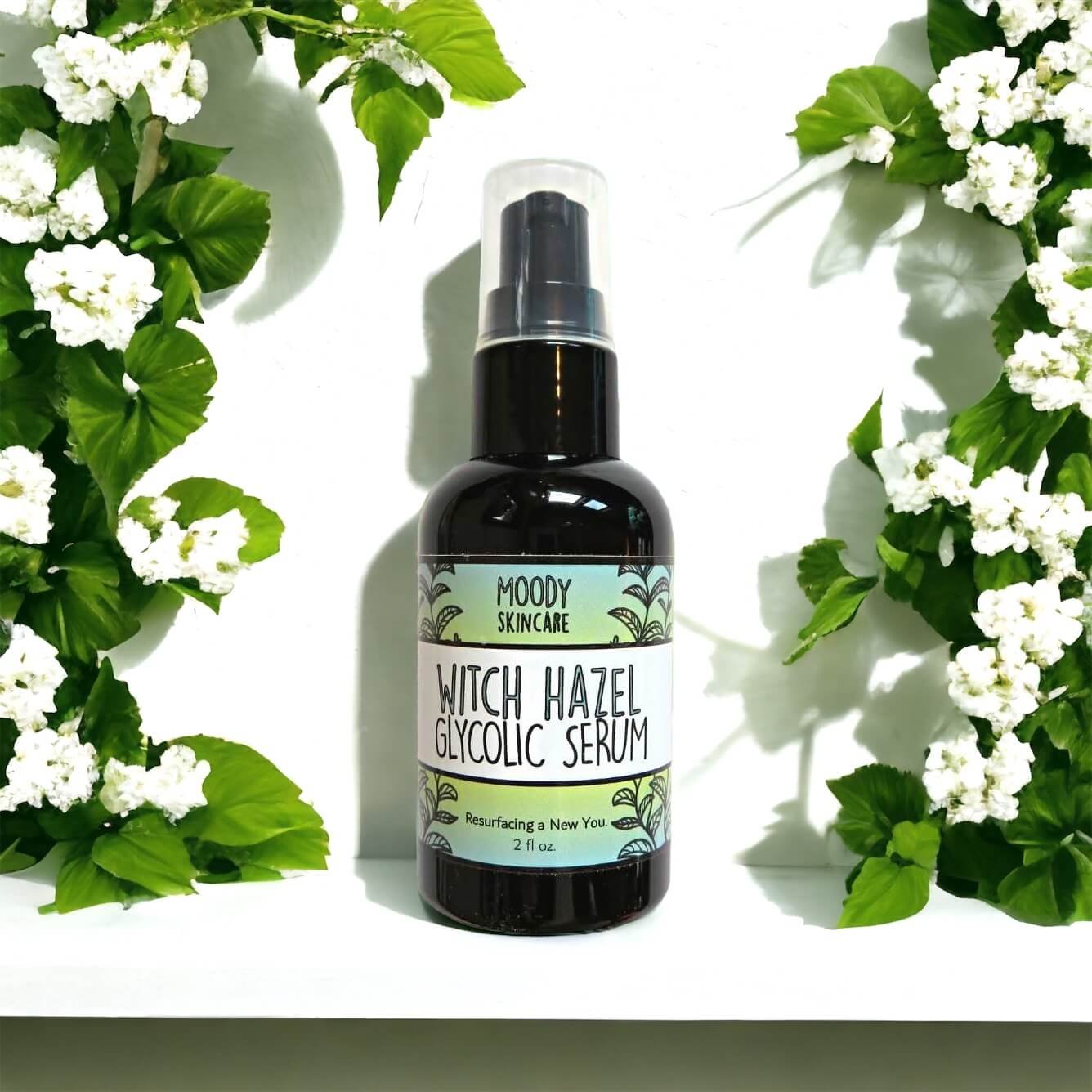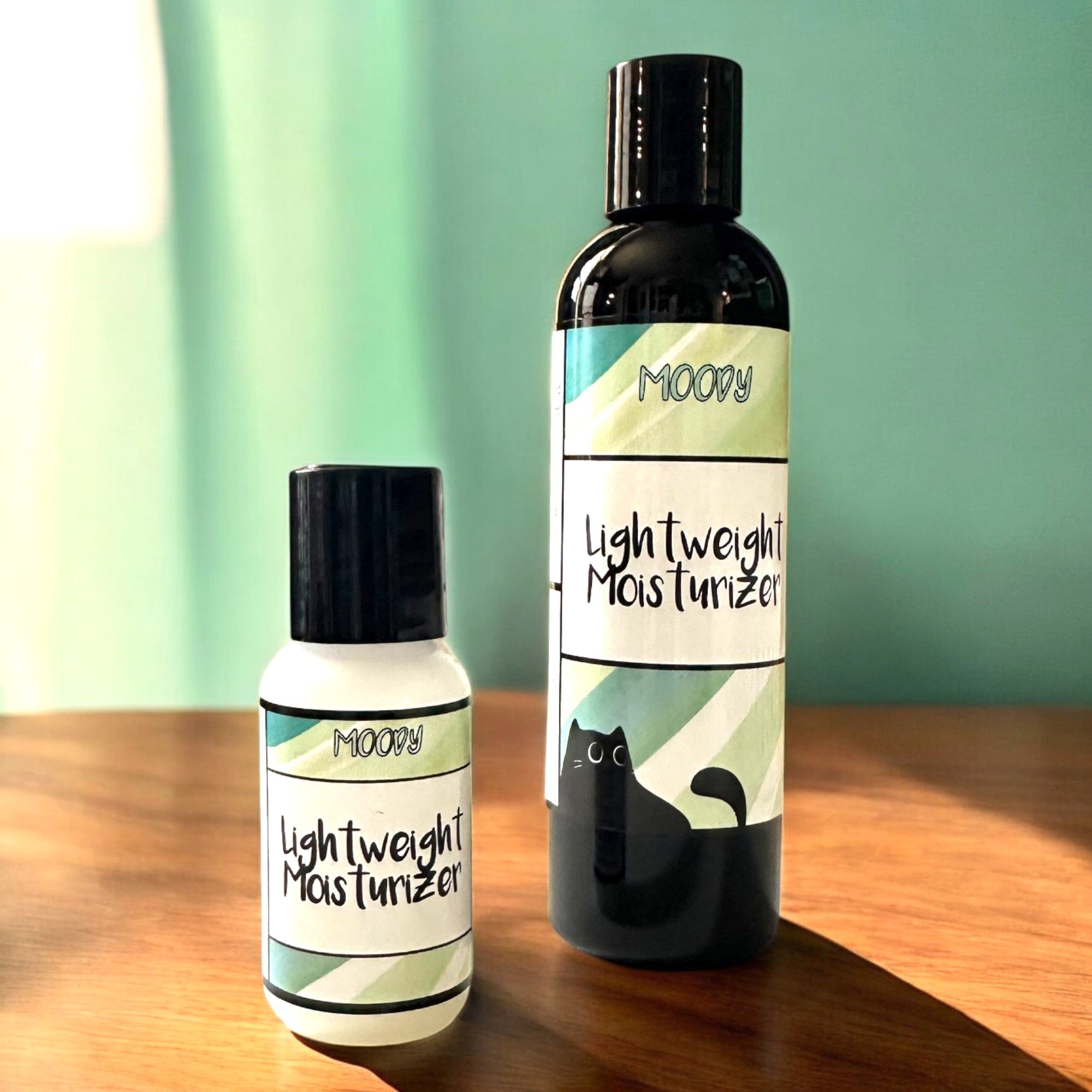What is Combination Skin?
What is Combination Skin?
If you’ve felt defeated trying to care for your complexion to no avail, there’s a good chance you have a combination of oily and dry skin. Factor in the way that our skin transforms with time, and suddenly the self-care aisles feel eerily daunting.
In the simplest of terms, combination skin is comprised of dry patches mixed with an oily T-zone. It may come as a surprise to our readers that combination skin is quite prevalent. Treating combination skin is often a game of trial and error. While no one solution fits all, we’ve compiled a general guideline for spotting combination skin so you may tailor your skincare to treat it effectively.
How to know if you have combination skin
Despite being relatively common, combination skin can be difficult to recognize. The following are some clear indicators that you have a combination skin type:
● You have an oily T-zone (forehead, nose, chin)
● Your cheeks, jawline, and hairline are prone to dryness
● You experience breakouts and/or flakiness during your menstrual cycle
If you’re still not clear whether you have combination skin, you can use the process of elimination to narrow it down. Oily skin types tend to have large, noticeable pores that produce excess sebum, causing their complexion to appear greasy. Oppositely, dry skin feels taut and is prone to peeling and flaking.
What causes combination skin?
There doesn’t seem to be a single cause of combination skin. Rather, you can attribute this type of complexion to the usual suspects—environment, genetics, hormones, and your skincare routine.
If your immediate family members have combination skin, there’s a good chance those genetics have been handed down to you. However, the type of skin you have is by no means set in stone. The journey through puberty, pregnancy, menstruation, and menopause all shape your skin type.
As if this weren’t enough to worry our readers, there are also environmental factors that contribute to the health of your complexion. Cold, arid weather strips your skin of hydration so that it's itchy, inflamed, and prone to peeling. During the winter months, you might notice you need a richer body lotion or extra soothing lip salve.
Caring for combination skin
People of all ages and locations can experience combination skin. Although there’s no one-size-fits-all routine for caring for this skin type, there are some general steps that have proven to be widely effective.
1. Cleanse your complexion morning and evening
Whether or not you’re wearing makeup, it’s essential to wash your face day and night with a gentle cleanser like our fan-favorite Clarifying Foaming Wash or Balancing Face Wash. You’ll never doubt whether your skin is getting a deep clean with this daily face wash.
2. Exfoliate once or twice per week with AHAs or BHAs
Help bring harmony to your skin with a mild exfoliant used one to two times per week. How often you exfoliate will depend greatly on how your skin reacts to hydroxy acids, which tend to be the key ingredient.
Experience the effectiveness of chemical exfoliants with the Moody Sisters Witch Hazel & Glycolic Serum. Delicately slough away dead skin to fade acne scarring, discoloration, and more. Perfect for complexions of all types, those with combo skin will love this serum’s youth-boosting benefits.
Best to reduce the appearance of acne and scarring or those with blemish prone mature skin.
CLOSEOUT | Resurfacing | Won’t Clog Pores | Clears Skin
A powerful Vitamin E, Witch Hazel and Glycolic Acid Serum to gently exfoliate, tone and clarify skin.
2 fl oz treatment bottle
3. Use a lightweight moisturizer daily
No one likes a face lotion that leaves behind a slimy residue. And if you have combination skin, you have to be careful when using extra oily products. While a heavy moisturizer may relieve your dryness, opt for something too rich and you’ll be battling surprise breakouts. It’s best to reach for a lightweight, non-comedogenic moisturizer with nourishing elements.
Best for normal to combo skin.
Lightweight | Won’t Clog Pores | Softening
This lightweight non comedogenic daily moisturizer is made with aloe and coconut to help balance oil production, deeply hydrate and soften skin. Scented lightly with Island Hibiscus.
1 oz or 4 oz bottle
4. Never skip the sun protection
“Hey Alexa, what’s the golden rule of skincare?” Ask any dermatologist, esthetician, or even your virtual assistant, and they’ll reply with some variation of “wear sunscreen!” Despite warming the skin and the soul, the sun can cause irreparable damage when ignored. Be sure to always apply an SPF before leaving the house, and don’t forget to reapply if you plan to be outdoors for more than two hours.
5. Spot-treat problem areas
Caring for combination skin becomes tricky when you need to treat one concern without exacerbating another. Fortunately, you’ll find a simple solution in spot treating. Add a Facial Serum or Treatment Gel for targeting problem areas. For example, if you’re experiencing breakouts, opt for our beloved Blemish Serum Spot Treatment with salicylic acid and tea tree oil.
Best for acne prone skin.
Effective | Skin Clearing | All Natural
Get overnight, fast acting, zit zapping, blemish treatment — best for targeting acne spots as a preventative spot treatment or to help dry up existing blemishes.
1 oz Roller Bottle
6. Adjust your diet and lifestyle
When the best beauty products aren’t enough, it may be time to take a closer look at the lifestyle you lead. Do you eat a well-balanced diet? Are you drinking enough water each day? How often are you moving your body? These are all important questions to ask yourself when combination skin seems too stubborn to care for.
Additional steps you can take include turning down the temp when you shower, and making sure to get plenty of rest. There’s a reason it’s called “beauty sleep,” after all.












